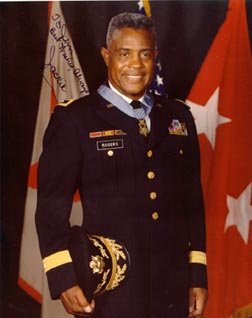Today in Black History: February 8th 1968, The Orangeburg Massacre.
The Orangeburg Massacre occurred on February 8, 1968, at South Carolina State University in Orangeburg, South Carolina, culminating a series of protests led by students from South Carolina State College and Claflin University against the racial segregation practices at the local All-Star Bowling Lane. Over several days, these students sought to desegregate the facility as part of broader civil rights activism.
On the night of the incident, a group of Black students convened on campus around a bonfire for warmth. The process escalated dramatically when local law enforcement, including patrolmen from the South Carolina Highway Patrol, intervened. Following the throwing of an object that struck an officer, a patrolman discharged a warning shot. Unfortunately, this warning was misinterpreted as an aggressive act, leading to a disproportionate response where officers opened fire on the assembled crowd.
The tragic result was the death of three individuals: Samuel Hammond Jr., Henry Smith, and Delano Middleton, the latter of whom was a high school student present at the scene but not involved in the protests. Additionally, twenty-eight individuals sustained injuries, many of whom were shot in the back, reinforcing evidence of a deadly miscalculation by law enforcement targeting those who were disengaging from the conflict.
The Orangeburg Massacre stands as one of the more violent episodes within the civil rights movement, yet it remains under-discussed relative to later events such as the Kent State shootings. In the aftermath, nine patrolmen faced charges for deprivation of rights under color of law but were acquitted, highlighting significant systemic issues. Civil rights activist Cleveland Sellers, who was present, was convicted on unrelated charges stemming from prior protests and was subsequently pardoned.
This incident underscored critical themes of police brutality and systemic racial injustice, contributing to the eventual desegregation of remaining whites-only establishments within Orangeburg. Apologies have since been issued by state officials, notably a formal acknowledgment from Governor Jim Hodges in 2001.
Currently, the Orangeburg Massacre is commemorated each year at South Carolina State University, which has established various memorials to honor the victims. The event serves as a stark reminder of the extreme racial tensions and the complexities of civil rights activism during that era, illustrating the perilous trajectory that peaceful dissent can take due to aggressive policing, while highlighting the enduring quest for justice in racial violence cases.




